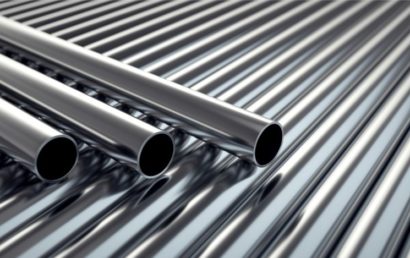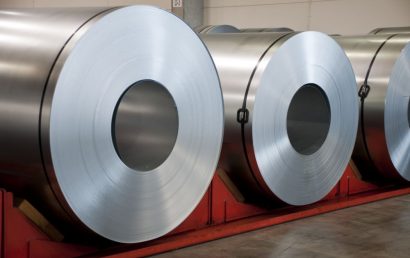Introducing Dielectric Coatings For Solar Panels
Why are optical coatings used? Their purpose is to change an optical surface’s reflectivity. According to the applied physical phenomena and materials, one can distinguish between dielectric and metallic coatings, in principle. Used for reflectors, metallic coatings are also utilized for neutral density filters. Certain metal properties are responsible for the reflectivity.
However, dielectric coatings for solar panels – and other applications – change the coated surface’s reflectivity by using optical interference. Additionally, very low material absorption is shown when these kinds of coatings are used. From almost 0% to nearly 100%, an optical surface’s reflectivity can be varied by using optical interference coatings. Only for a certain wavelength, however, are these reflectivity values achieved – and only for certain wavelength ranges.
Antireflection Coatings
A high surface reflection in excess of 30% is offered by bare silicone. By applying ARC (antireflection coatings) to a surface reflection is reduced, and also by texturing. Similar to those used on various pieces of optical equipment, antireflection coatings on solar cells operate on the same level. Think camera lenses.
With a specially chosen thickness, coatings consist of a thin dielectric material layer. The process causes interference, reflecting the wave from the top surface reflection coating.
The result: From the semi-conductor surfaces, the wave and surface are out of phase. With one another, these reflective waves interfere destructively.
The result of this: No net reflected energy.
A good example of interference effects (in relation to the anti-reflection coatings discussed here) is the following: Picture a puddle of water. When a thin layer of oil lies across the top of the water, you’re likely to see bands of color resembling rainbows.
Electrically Conductive Solutions And Dielectric Coatings
According to science, coating materials such as oxide ceramics provide superb properties of insulation for electronic components of varying types. For this reason, across many solar plants, dielectric coatings and electrically conductive coatings are in high demand.
The dielectric strength of our coatings is 100 volts per millimeter. However, through a variety of specialized coating solutions, electrical conductivity can also be attained. When higher temperatures plague solar plant applications, to provide strong properties of protection, the following coating materials may be used:
- Molybdenum-disilicide
- Iron-chrome-aluminum
- … and more
A&A Coatings Serves the Solar Energy Industry
To assist in the necessary protection of solar energy equipment, A&A Coatings uses a vast array of specialized thermal spray coatings. Primarily, our aim is the protection against hazards and damage where this highly complex equipment is concerned. When it comes to materials engineering experience, we have over seven decades of it! To develop superior coating solutions, we have utilized infrastructural and technical capabilities. These solutions are effective for solar energy equipment and their components in facilitating peak performance and maximizing protection.
For our strong industry expertise and experience, we are highly sought after. We take pride in our many years of solar energy related services. To our solar energy clients, we offer a high level of commitment and have built long-term partnerships with many. We offer competitive pricing and quick turnaround times.
If you are involved in the solar energy industry would like to find more about our specialized solutions, please contact us today.



